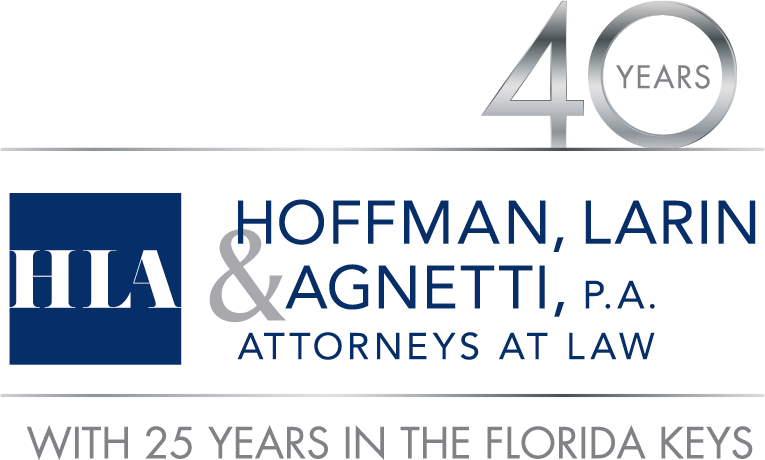Chapter 13 Bankruptcy Can Keep You in your Home
THE PROBLEM:
Consider the following (unfortunately) common situation faced by many homeowners: their home in the current depressed real estate market is worth $150,000. They have two mortgages on the property that they obtained during the real estate boom several years ago. They have a first mortgage of $160,000 (they are a little ‘underwater’, that is, they owe a little more than the property is worth). They are not happy, but can manage the payments. The problem is the second mortgage of $100,000 that they put on the property when it was worth much more; they are not able to keep up with this mortgage and just received a notice of acceleration and imminent foreclosure from the lender.
THE REMEDY:
There is a remedy for these homeowners which will allow them to keep their home- CHAPTER 13 BANKRUPTCY.
In a Chapter 13 bankruptcy, a debtor can wipe out or strip off these second (and third, etc.) mortgages where the home is worth less than the amount owed on the first mortgage. Many homes are saved from foreclosure with this cram down or strip off strategy.
A LITTLE BIT OF LAW
A Chapter 13 bankruptcy is also called a wage earner’s plan. It allows individuals with regular income to develop a plan to repay all or part of their debts through a repayment plan providing for installment payments to creditors over three to five years.
You are eligible for Chapter 13 relief as long as your unsecured debts are less than $360,475 and secured debts are less than $1,081,400 (these amounts are adjusted periodically to reflect changes in the consumer price index.)
Filing the petition under chapter 13 “automatically stays” (stops) most collection actions against you and your property. As long as the stay is in effect, most creditors may not initiate or continue existing lawsuits, wage garnishments, or even make telephone calls demanding payments. The automatic stay stops all foreclosure proceedings.
SO LET’S GET RID OF THE SECOND MORTGAGE (and more)
Where the property’s fair market value has gone down to an amount equal to or less than the amount owed on the first mortgage, in a Chapter 13 proceeding the second (or third…) mortgage will no longer be treated as a secured loan (mortgage) against your property, i.e., it will be ‘stripped out’. The mortgage will be treated in the same way as an unsecured debt (e.g., credit cards, medical bills, etc.,), which are not liens against your home and will not support a foreclosure. As a general rule, a Chapter 13 bankruptcy discharge releases the debtor from all debts provided for by the plan, including the second mortgage.
Often, a loan modification can also be negotiated in a Chapter 13 Bankruptcy. Loan Modifications may reduce the principal amount owed and/or the interest rate and eliminate arrearages.
For investment property, first mortgages can be crammed down in a Chapter 13 Bankruptcy. Cram down means that the Chapter 13 bankruptcy will reduce the principal mortgage balance to the property’s current market value, and the mortgage debt above market value will be treated as an unsecured debt.
The option of lien stripping is also available for car loans. If you owe more on a car loan than the car is worth, the overage can be stripped off. For example, if a present value of a car is $11,000 but the lender holds a claim of $15,000 secured by the car, then the lender holds an unsecured claim of $4000. Thus, while reorganizing the debts in a Chapter 13 bankruptcy, this $4000 will be stripped off the car loan. There are certain limitations on lien stripping on vehicles that are purchased within 910 days of the filing.
Look for an attorney or firm that has experience not only in bankruptcy, but also in loan modification, short sales, foreclosure defense and workouts; these may be the better approach alone or in combination. You need a lawyer who can offer global solutions, not just a bankruptcy filing. Learn more on how to select a bankruptcy attorney.
